Hydraulic Lifts to Move from Wheelchairs to Beds
Introduction
Safe patient handling is a critical concern in healthcare and home settings, where mobility support can significantly affect quality of life. Hydraulic lifts are vital tools designed to assist caregivers and individuals with mobility limitations, facilitating safe and smooth transfers from wheelchairs to beds and other areas. These devices not only enhance safety but also ensure dignity and comfort for users who require assistance with mobility.

Section 1: Understanding Hydraulic Lifts
Hydraulic lifts are versatile mechanical devices engineered to utilize fluid pressure for lifting and lowering substantial loads. This technology is particularly beneficial in healthcare and home environments, where it supports the safe transfer of patients between different areas, such as from wheelchairs to beds. These lifts are operated through a system where fluid is compressed and controlled to create smooth, stable movement, ensuring comfort and safety during patient transfers.
Unlike electric lifts, which rely on electricity to function, hydraulic lifts use manual pumps or hydraulic power, which can often make them more cost-effective and reliable, especially in situations where electrical power might be inconsistent. The absence of electrical components not only reduces the risk of malfunctions associated with power failures but also minimizes maintenance issues, making hydraulic lifts a durable and dependable choice for regular use. Additionally, their independence from electrical systems allows for greater flexibility in placement and usage, as they do not require proximity to power outlets. This combination of efficiency, reliability, and cost-effectiveness makes hydraulic lifts a preferred option in various settings, offering substantial operational benefits without compromising on quality or safety.
Differences Between Hydraulic and Electric Lifts
- Cost: Hydraulic lifts are often less expensive than their electric counterparts due to simpler technology and the absence of electrical components.
- Dependability: With fewer electrical parts, hydraulic lifts are less prone to malfunctioning due to electronic failures.
- Operation: Hydraulic lifts require manual effort, which can be a consideration for caregivers who need to operate these devices frequently.
Types of Hydraulic Lifts
- Mobile lifts: These lifts are designed with flexibility and convenience in mind, featuring wheels that allow them to be effortlessly moved across different room settings. The adjustability of mobile lifts is a key feature, accommodating various heights and angles to suit different transfer needs, such as from a wheelchair to a bed, chair, or even into a vehicle. This versatility makes mobile lifts particularly valuable in environments where multiple transfer locations are common, ensuring that they can adapt to the specific requirements of each situation while providing secure and comfortable support for the user.
- Standing lifts: Standing lifts are specialized devices that support more than just the transfer of a patient; they actively promote mobility. These lifts assist users in transitioning from a seated to a partial or full standing position, which is vital for those undergoing rehabilitation or those who need to maintain muscle tone and circulation through periodic standing. By enabling partial standing, these lifts help reduce the risks associated with prolonged sitting, such as pressure ulcers and muscle atrophy, and support the user’s residual mobility and independence. This capability not only enhances the user's physical health but also boosts psychological well-being by allowing more natural interaction heights and eye contact with others.
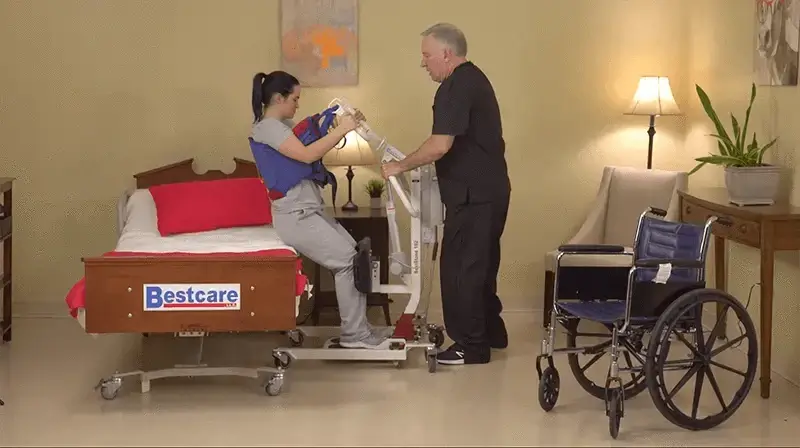
Section 2: Benefits of Using Hydraulic Lifts
Safety
- Reduces handling injuries: Minimizes physical strain on caregivers and users, lowering the risk of musculoskeletal injuries.
- Secure transfers: Provides stable support, preventing falls during transfers.
Comfort
- Smooth operation: Delivers a gentle lifting experience, reducing anxiety and discomfort for the user.
- Adjustability: Accommodates different heights and angles, ensuring comfort throughout the transfer.
Independence
- Empowers users: Enables individuals to participate in their own care to the extent possible.
- Frequent accessibility: Makes it easier for users to move multiple times a day without excessive strain or needing multiple assistants.
Section 3: How to Choose the Right Hydraulic Lift
Assessing Needs
Consider the weight capacity and lift range necessary to accommodate the user safely and comfortably: It is crucial to select a hydraulic lift that can support the user's weight without any strain on the system, ensuring a stable and secure transfer. Additionally, the lift range must be adequate to smoothly transition the user from various heights. This involves not only lifting from a lower position, such as a wheelchair, but also ensuring that the lift can reach higher surfaces like beds, treatment tables, or vehicles. Properly matching the weight capacity and lift range to the user’s needs not only enhances safety but also contributes to the user's comfort during transfers, reducing anxiety and the risk of injuries. Always check the specifications of the lift to ensure it meets or exceeds the necessary requirements for both weight and range to provide a dependable and comfortable experience.
Space Considerations
Evaluate the physical environment where the lift will be used to ensure adequate maneuvering space and storage: Before selecting a hydraulic lift, it’s essential to assess the physical layout of the environment where the lift will be employed. This includes measuring the available space in rooms where transfers will occur, ensuring there is enough room to maneuver the lift around furniture and other obstacles. Adequate space is crucial not only for the operation of the lift but also for the comfort and safety of both the user and the caregiver. Additionally, consider where the lift will be stored when not in use. The storage area should be easily accessible, yet out of the way, to avoid cluttering living spaces or obstructing pathways. Checking door widths and space between furniture pieces is also vital to ensure that the lift can be moved freely throughout the environment. Proper space planning will facilitate smoother transfers and enhance the overall functionality of the hydraulic lift in daily use.
Features To Look For
- Adjustable height: Ensures the lift can handle various transfer heights.
- Locking mechanisms: Offers additional safety during operation.
- Ease of use: Important for both caregivers and users to operate the lift effectively.
Section 4: Best Practices for Using Hydraulic Lifts
Step-by-Step Use
- Position the wheelchair and bed: Ensure both are stable and in the proper alignment for transfer.
- Prepare the lift: Check that the hydraulic lift is in good working condition, with no visible defects.
- Secure the user: Safely position the user in the sling, ensuring they are comfortable and secure.
- Operate the lift: Engage the lift mechanism to gently raise the user, then move them over the bed.
- Lower the user: Carefully lower the user onto the bed, making adjustments for comfort.
Maintenance Tips
- Regular checks: Inspect hydraulic fluid and mechanism for leaks or wear.
- Clean regularly: Keep the lift clean from dirt and debris to ensure smooth operation.
- Follow manufacturer guidelines: Adhere to the maintenance schedule provided by the manufacturer.
Conclusion
Choosing and using the right hydraulic lift is crucial for ensuring safe, comfortable, and dignified transfers for individuals with mobility challenges. By understanding the various types of lifts available, the benefits they offer, and how to properly use and maintain them, caregivers and users can greatly enhance the effectiveness of mobility support. Always consider consulting with healthcare providers to find the best hydraulic lift solution tailored to specific needs and circumstances.
Let Us Know What You Think!
Your thoughts and questions are incredibly valuable to us, and we'd love to hear from you. If you have additional insights to share, your comments can spark meaningful discussions and enhance the collective knowledge of our community. Don't hesitate to ask any questions you may have; our team is here to provide answers and engage with you. So, please, take a moment to leave a comment or question below. Your input is much appreciated!





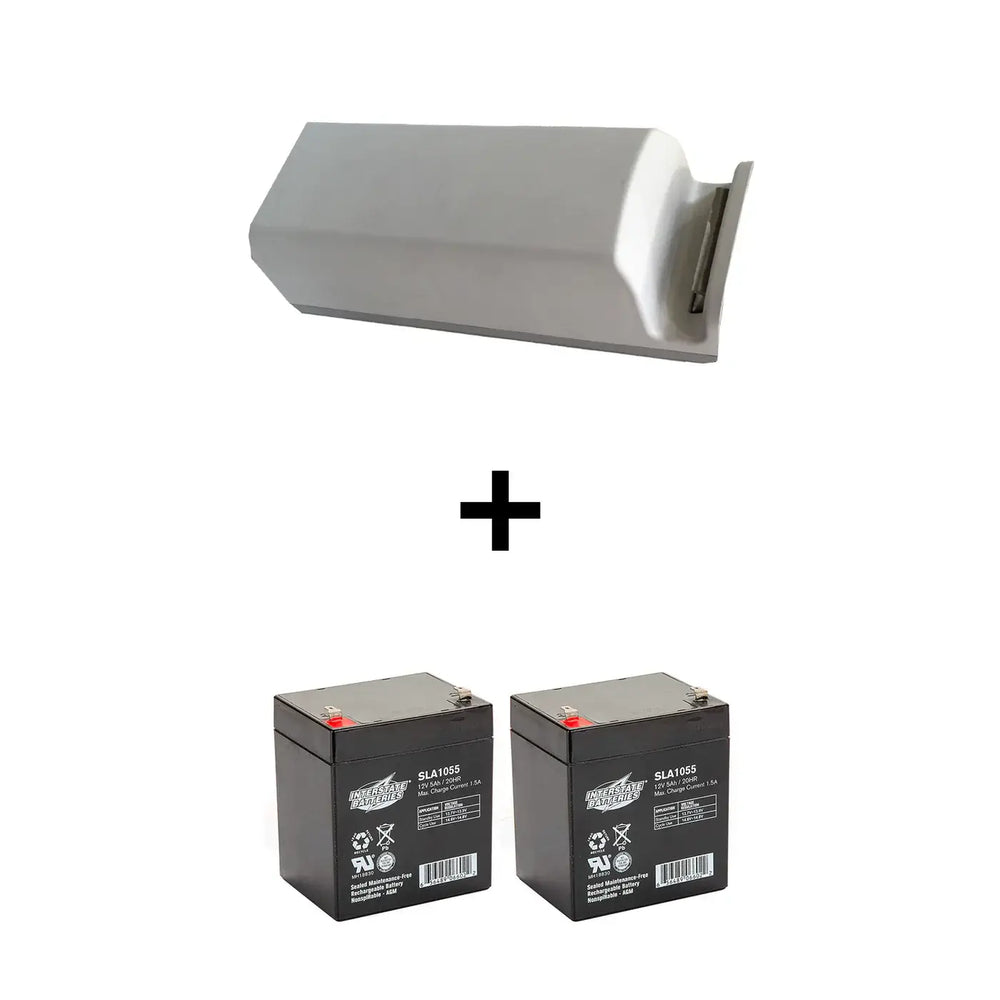

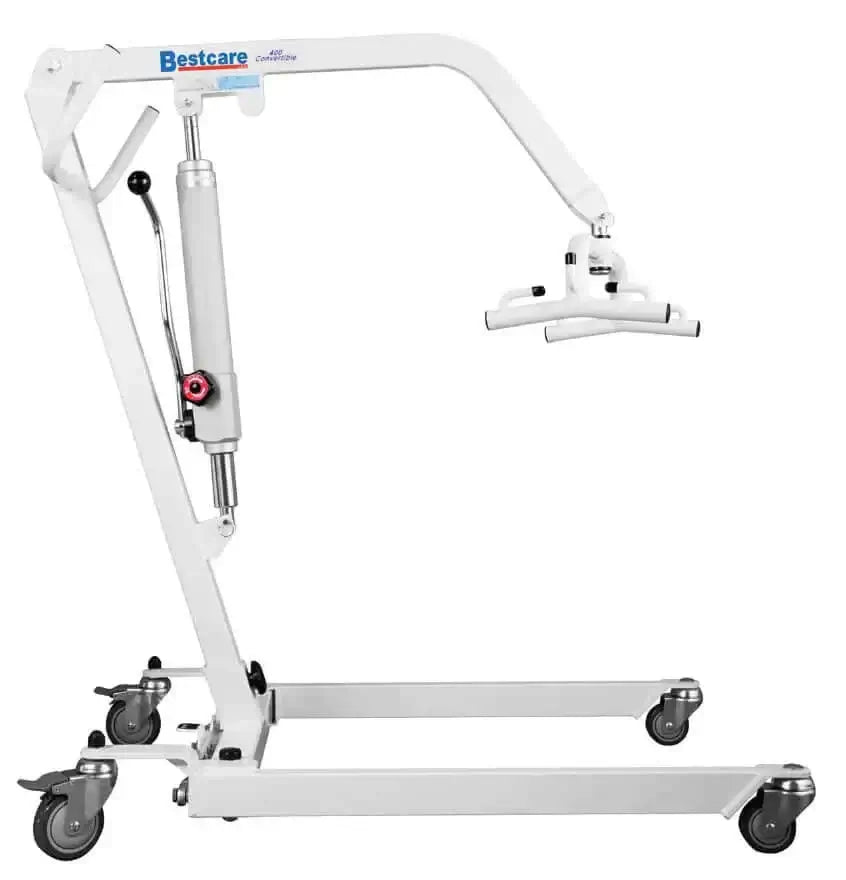
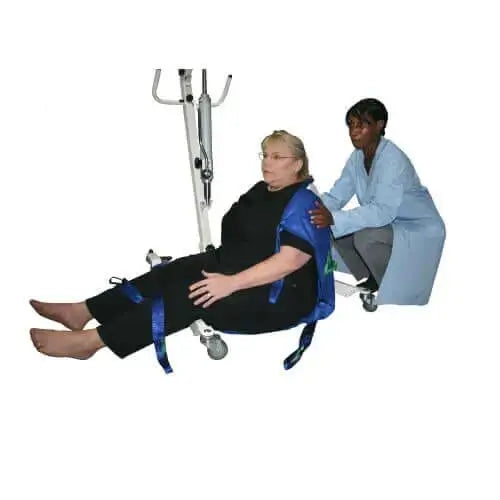
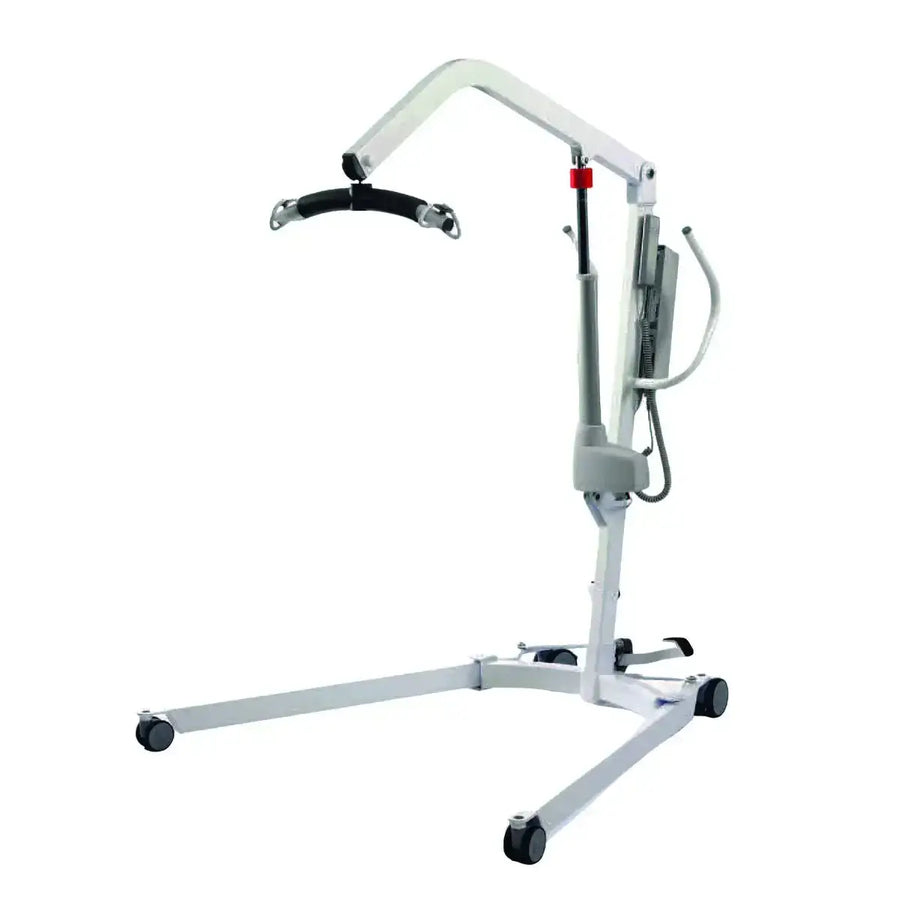
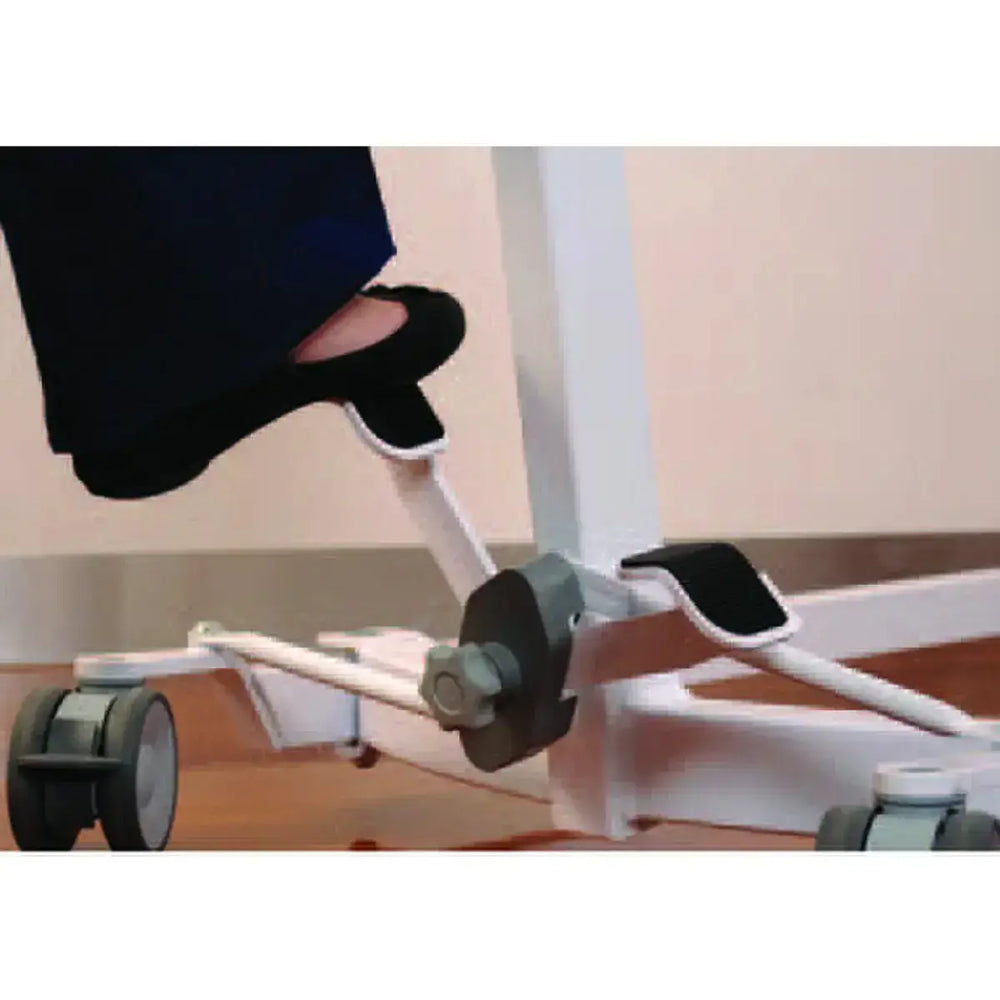
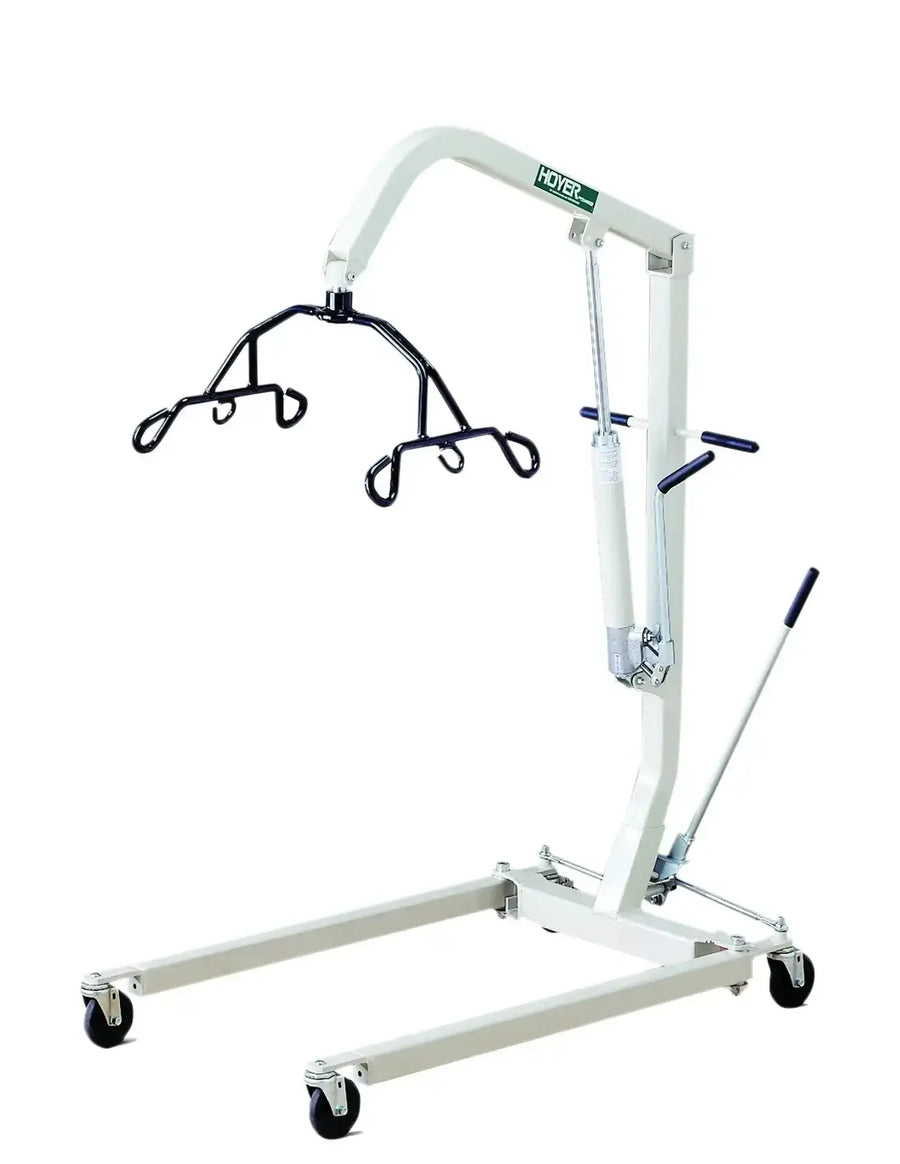
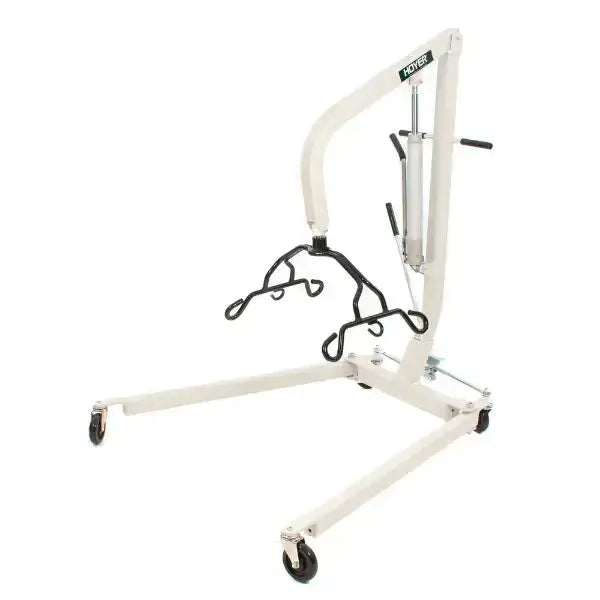


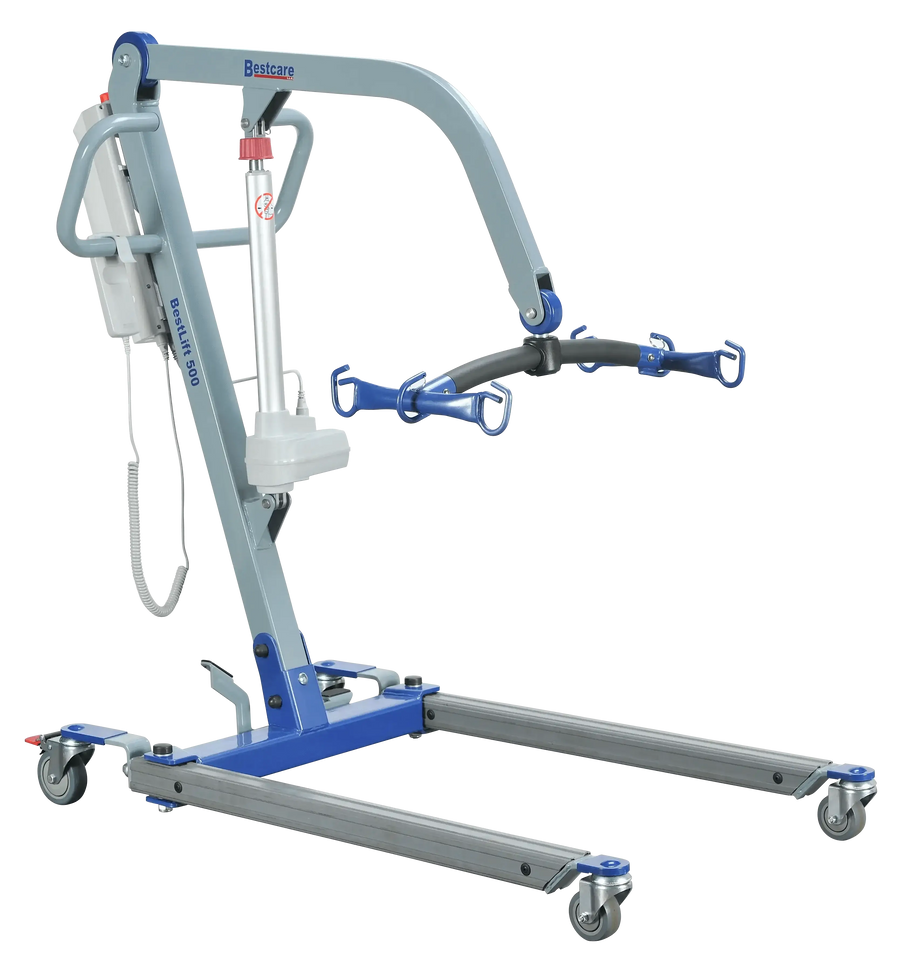
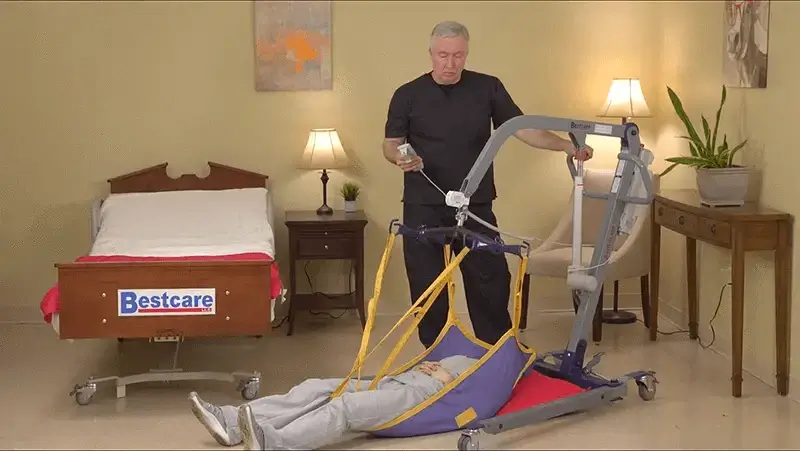
Leave a comment